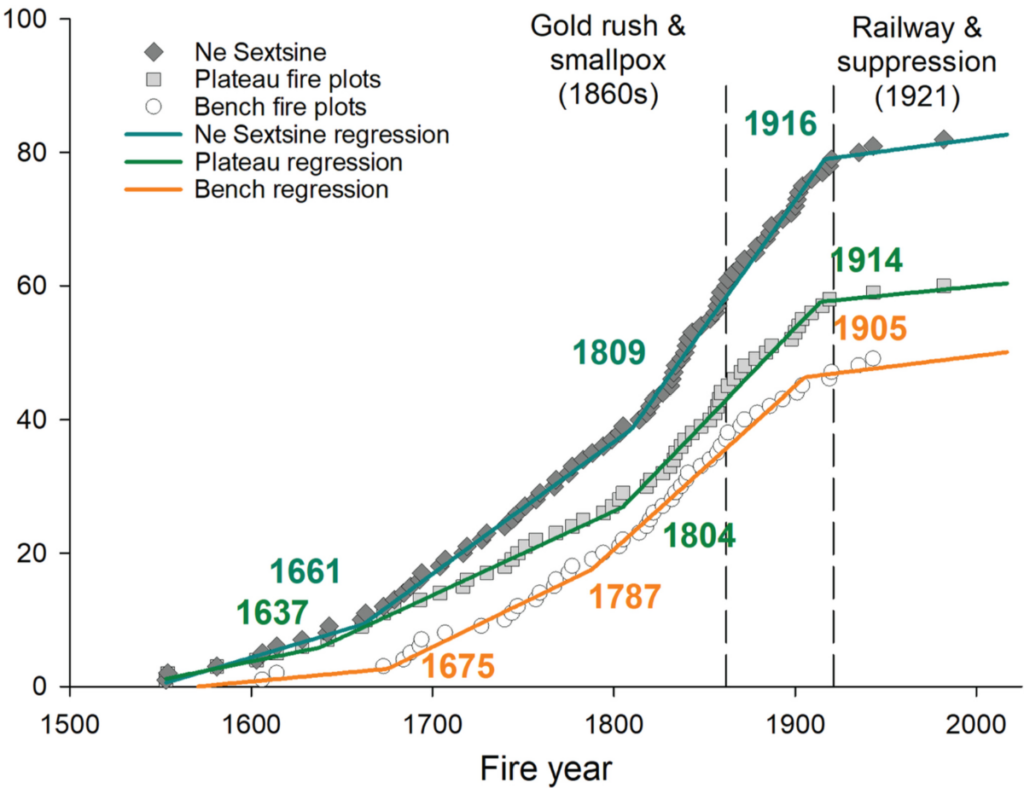
Courtesy of The Today Show
Courtesy of ENERGYminute
See more articles and infographics from ENERGYminute HERE
In 2020, California experienced its largest forest fire in recorded history. Then President Donald Trump visited the area and claimed the huge fire was a result of poor forest management. His Democratic challenger Joe Biden instead put the blame on climate change, calling President Trump a ‘climate arsonist’.
So who was right, Sleepy Joe or the climate arsonist?
Background: Going back to junior high science class, there are three ingredients needed to start a wildfire: fuel, oxygen, and ignition.
- Fuel usually comes in the form of plant matter, often deadwood, dry grasses, or fallen leaves. The more fuel there is, the bigger the chance for a rager.
From there, with fuel in place and enough oxygen, all that’s needed is a spark. Sparks can be natural, such as lightning, but can also be produced human activity like campfires. Natural or human causes can be the dominant source, depending on where you are in the world.
- In the United States, according to National Park Service, nearly 85 percent of wildfires are caused by humans (sorry Smokey). This contrasts with a place like British Columbia, where lightning is the predominant source.
The impact of climate change: Climate change has no doubt played a role in making conditions worse that set the stage for wildfires.
- From long periods of drought to shorter periods of low humidity, dry air and heat dries out biomass and plant matter making it easier to ignite the fuels.
But there is more to this story than just climate change.
Controlling wood: While forest management sounds like a job for a tree accountant with a hemp tie adding up every Colorado blue spuce in the country, it’s much more about planning for and creating more sustainable forests.
Managing forest fuel and risk IRL
A prescribed fire in Merritt Island National Wildlife Refuge, courtesy of the US Department of the Interior
As it turns out, the Europeans who settled North America were (and still are) uniquely terrible at forest management. A singular focus on putting out wildfires has helped fuel many of the historic wildfires experienced in North America recently.
It’s also prompted a look back at Indigenous communities who were historically much better at forest management.
Looking back: A recent study from the University of British Columbia examined 500 years of forest fire data to better understand how frequent and how large forest fires were in the past.
Cumulative number of fires since the 1500s
number of wildfires
Courtesy of Ecological Applications
Researchers found from the 1500s right up until the major settlement of the west in the late 1800s, wildfires were more frequent but less severe, driven by Indigenous stewardship managing forests.
- Following the arrival of Europeans, most of the Indigenous forest stewards were put on reservations and wildfires were simply quelled instead of managed.
While no one loves a wildfire, the smaller fires helped burn and remove deadwood.
The impacts: Today, a relentless pursuit of putting out fires has created a huge buildup of organic matter on the forest floors, literally fueling the fires. Add a record-setting hot summer and campers looking to cook up some bush smores, and you’ve got a recipe for a huge wildfire season.
Zoom out: Fires are a natural and healthy part of the lifecycle of forests. Forest fires release key nutrients stored on the forest floor and help open up the canopy to sunlight, promoting new growth.
Forest fires are getting worse because of climate change, but that’s not the whole cause. Learning from Indigenous practices that were honed over thousands of years may help us avoid future wildfire seasons like we’ve been experiencing. A more sustainable future is likely a return to coexisting with fire rather than controlling it.
Share This:
Next Article







